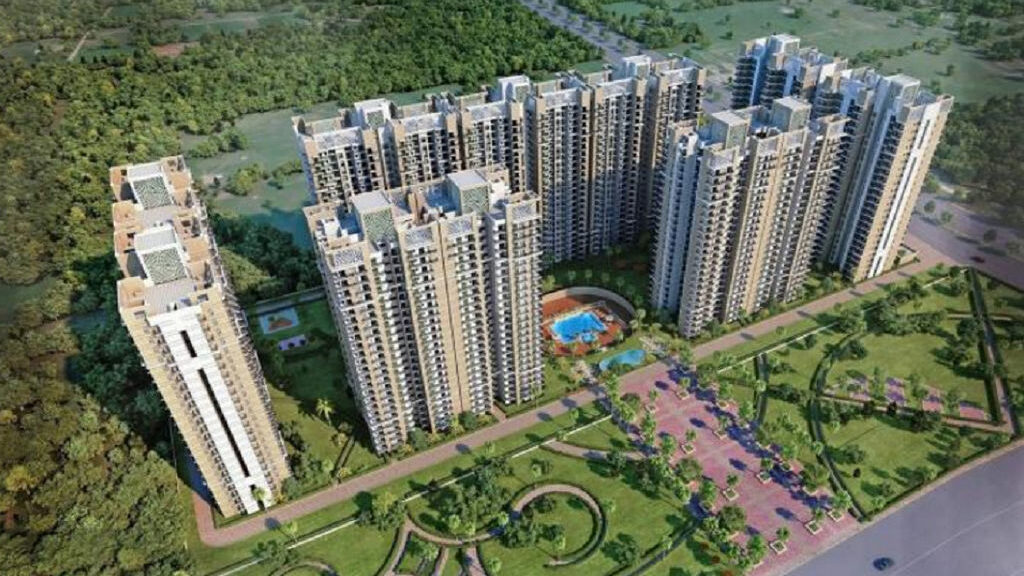
Features of Green Buildings
By Sanjay Sharma, Director, SKA Group
Green Buildings are environmentally sustainable homes that give prominence to the efficient use of energy, water, and building materials. It is primarily done to create an eco-friendly and pollution-free environment for families and communities residing in them.
The ‘Green Homes’ concept is founded on the basic principles of ‘Reuse, Reduce and Recycle’. The ‘Green House’ theme facilitates the adoption of modern techniques and methods to channelise eco-friendliness and protect the depletion of natural resources. Similarly, the Indian Green Building Council (IGBC) Green Home rating is provided to the residential societies that promote water efficiency, energy efficiency, reduction in fossil fuel, management of consumer waste and preservation of natural resources.
Green Buildings uphold the ‘Reuse’ postulate by using sustainable, non-toxic construction materials like PPC cement and fly ash in RMC, green-rated cement, glass and steel, bamboo, precast concrete slabs, certified wood etc. Locally-sourced materials promote the idea of a sustainable environment and endorse cost-efficiency and boost the local economy.
Energy Conservation is the most critical feature of Green Buildings. It achieves it by implementing the ‘Reduce’ theory. Green Homes enable energy efficiency by installing Electric Charging stations for vehicles, skylights and windows. It helps in decreasing carbon footprints, Co2 emissions, and reckless costs. Green Homes offers facilities such as roof insulation to keep your rooms warm in winters and cold in summers. Another feature of Green Buildings, LED Lighting leads to improved environmental performance as it promotes low-voltage operations and supports no heat and UV emissions. It reduces energy wastage and endorses environmental sustainability.
Most of the common spaces in environmentally sustainable homes provide solar water heating systems. It is a zero-cost energy-efficient appliance that has no dependency on fuels, has zero emission, and reduces carbon footprints. In a bid to advance a healthier and cleaner environment, Green Homes provide Bio-oil, green refrigerants in AC units, and BEE-4 rated pumps and motors to reduce energy wastage and improve indoor air quality. It advocates the ‘Reduce’ principle and maximises the suspension of artificial energy and the use of increased natural light.
Water Sustainability measures in Green Buildings are the top priority implementation in Green Homes. Many societies have rainwater harvesting systems, irrigation system management, and water-efficient plumbing fixtures. It facilitates water conservation and eliminates profligacy with regard to its use. Green Homes, nowadays, use water metering in STP, flushing, irrigation, and swimming pools to preserve water and reuse it in multiple ways to prevent exhaustion of the natural resource. Drips and Sprinklers are used in parks, lawns, and green spaces to channel water sustainably.
Waste Management is one of the most ethically appealing values of Green Homes. This is where the ‘Recycle’ theory of Green Homes comes into play. Generally, they provide two bins to every flat to segregate biodegradable waste from non-biodegradable waste. This has proven to be one of the most systematic ways to promote effective waste division and management. Most Green Buildings have a common waste collection and segregation point or location so that they can be eliminated and recycled in a more organised way.
Green Buildings also have sufficient and vast green covers such as lawns, parks, vegetation and landscapes to improve the air quality. At least 15% of the total residential land should be dedicated to lawns, and 5% of the landscape should have fruit-bearing plants.
Building Green Homes is not an easy process. Many essential barometers need to be addressed while constructing green buildings. There is a representation of architectural features, designs to support water and energy-efficient models, and incorporation of waste management methods in Green Homes. Taking cognizance of environmental aspects of building green spaces, indoor and outdoor air quality and occupant thermal comfort etc is what constitutes the basic ideology behind constructing Green Buildings.